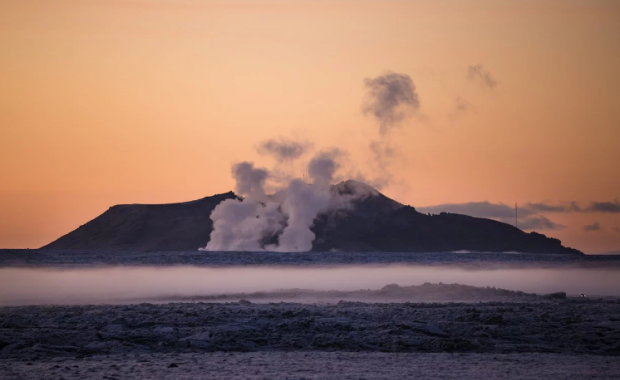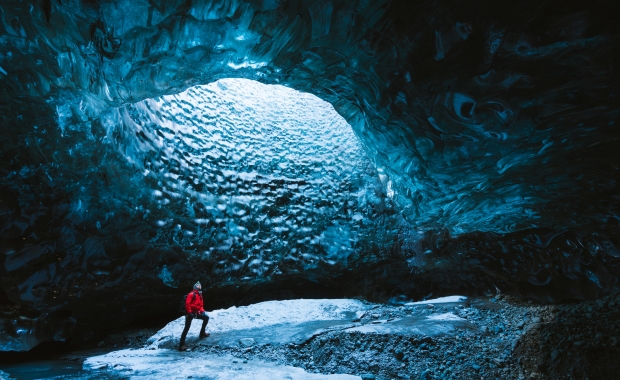The autumn of 2016 was by far the warmest on record in Iceland. The fall temperatures in Akureyri, in North Iceland, were significantly higher than any on record, and those in Reykjavík the second highest, the local newspaper Fréttablaðið reports.
Trausti Jónsson, Iceland‘s most trusted meteorologist, explains the unusually high temperatures by the prevalence of southerly winds during the fall, and the unusually warm temperature of northerly winds. Freezing temperatures have not accompanies northern winds in the same degree as usually, which is connected to the unusually low quantity of sea ice in Arctic waters.
Read more: Another freak weather event: A heatwave in E.Iceland in the middle of the night
According to the Icelandic Meteorological Office the average temperature in Reykjavík during November was 3.5°C (°F) which is 0.9°C ( °F) higher than the average of the past 10 years, and 2.4°C (°F) above the average temperature in 1961-1990, while the heat in Akureyri was 3°C (°F) which was 3.4°C (°F) and 2.3°C (°F) above the average of the past 10 years.
The Icelandic National Broadcasting Service reports that Grímsey island, the northernmost settlement in Iceland, straddling at the Arctic circle, has yet to experience a full day of frost this winter. Usually the first frost day in the island is in October.
Higher temperatures did not translate into more beautiful weather, however, as the IMO points out. October and November both saw significantly more rain, fewer days of clear skies and less sunshine than the average.
The autumn of 2016 was by far the warmest on record in Iceland. The fall temperatures in Akureyri, in North Iceland, were significantly higher than any on record, and those in Reykjavík the second highest, the local newspaper Fréttablaðið reports.
Trausti Jónsson, Iceland‘s most trusted meteorologist, explains the unusually high temperatures by the prevalence of southerly winds during the fall, and the unusually warm temperature of northerly winds. Freezing temperatures have not accompanies northern winds in the same degree as usually, which is connected to the unusually low quantity of sea ice in Arctic waters.
Read more: Another freak weather event: A heatwave in E.Iceland in the middle of the night
According to the Icelandic Meteorological Office the average temperature in Reykjavík during November was 3.5°C (°F) which is 0.9°C ( °F) higher than the average of the past 10 years, and 2.4°C (°F) above the average temperature in 1961-1990, while the heat in Akureyri was 3°C (°F) which was 3.4°C (°F) and 2.3°C (°F) above the average of the past 10 years.
The Icelandic National Broadcasting Service reports that Grímsey island, the northernmost settlement in Iceland, straddling at the Arctic circle, has yet to experience a full day of frost this winter. Usually the first frost day in the island is in October.
Higher temperatures did not translate into more beautiful weather, however, as the IMO points out. October and November both saw significantly more rain, fewer days of clear skies and less sunshine than the average.







